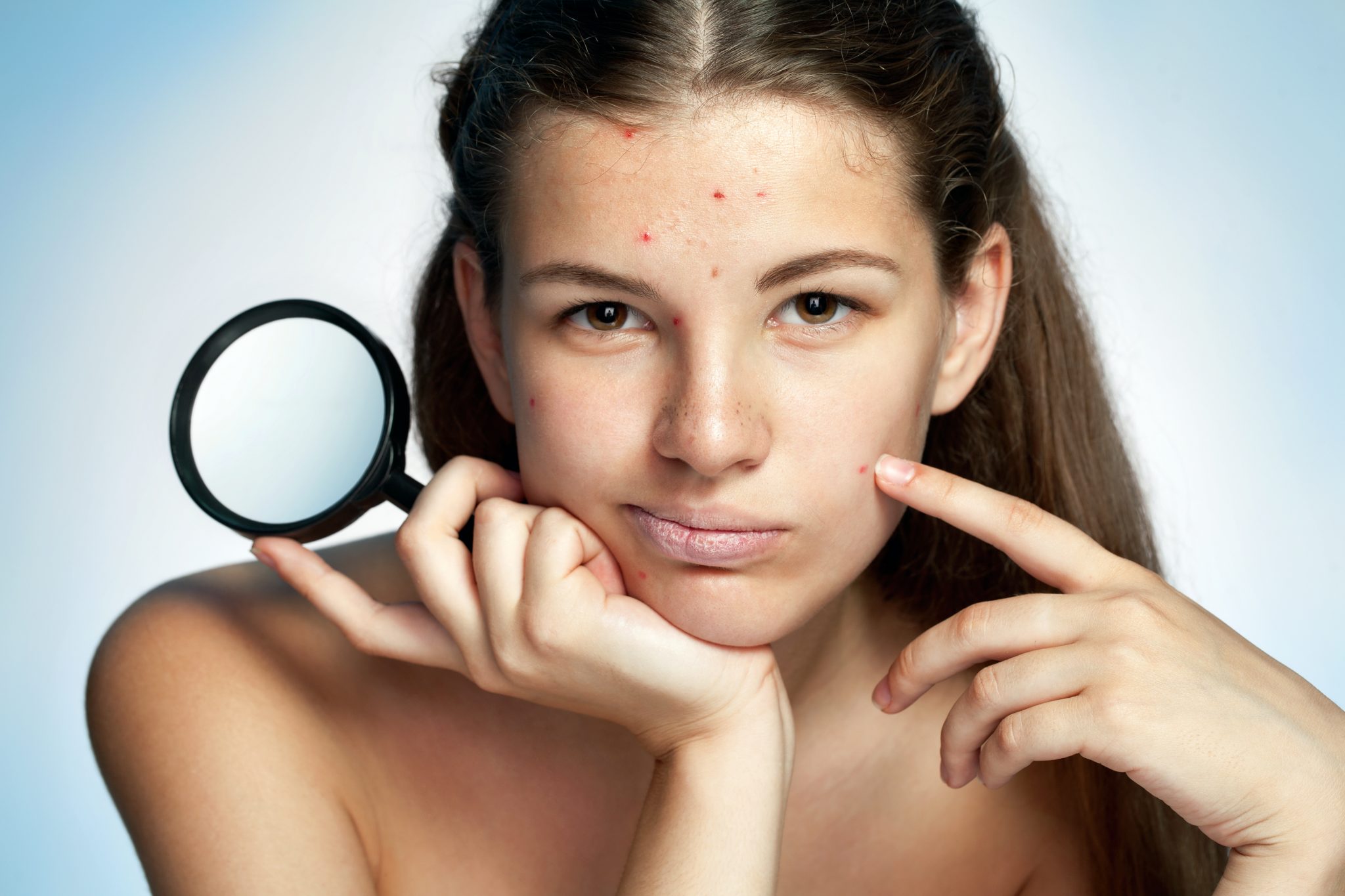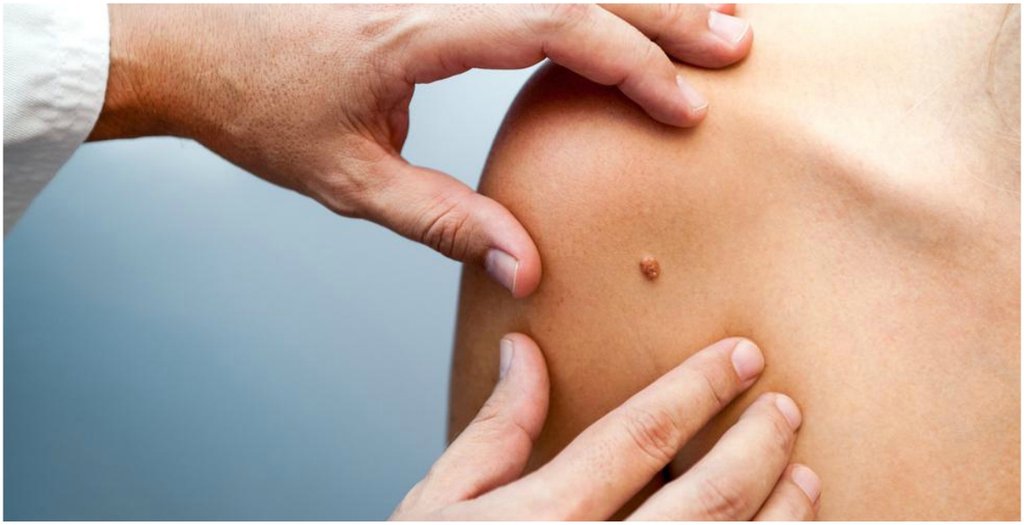Warts are skin deformations, small lumps. The cause of this, usually benign, disfigurement is a virus. Often the same virus, but some types of warts are caused by a different virus. In most cases there is a virus called ‘Human Papilloma’. This virus often feels very good in damp and warm rooms. This virus will always be present in places where people come who suffer from warts.
This includes gymnasiums, the changing rooms of gymnasiums, swimming pools, saunas, etc. Fortunately, cleaning is becoming better and more frequent, but still. The chance that you will also be infected with this virus is always present. If you get the virus on your skin, it will cause an infection. This infection causes the skin cells to divide at a very rapid rate, causing the skin layer to become thicker. This does not happen immediately after the infection, but can take up to a few months before it will really start to bother you.
Not all warts are caused by the ‘Human Papilloma’ virus. Genital warts and water warts are caused by another virus. You can read more about these two later in this article along with my recommended product to treat warts. Warts are generally not threatening, but can be very difficult. In some places they can hurt, for example under your feet, and in other places it is unsightly, for example warts on your hands or on your face.
Many people do not know that warts are extremely contagious. If you have a wart yourself, it may start to itch. The first reaction is of course that you are going to scratch. By scratching you spread the virus over the skin around the existing wart, with the result that you get many more warts. This way whole colonies of warts can develop locally. You can also infect others with this. So be very careful!
Different Types Of Warts On Skin
Warts come in all shapes and sizes. Each species has its own specific characteristics and is therefore relatively easy to distinguish. For clarity’s sake, let’s list them briefly:
Different Types Of Warts #1 – Genital Warts
To start with the most embarrassing form: Genital warts are warts that surround the genitals and the anus. They can occur on the skin, but also internally on the mucous membranes. You can easily recognize them: The color varies from pink to brown, irregular appearance (cauliflower-like) and between 1 and 4 millimeters in size. The symptoms that accompany this can be very annoying: Pain when urinating or defecating, pain during intercourse and generally a lot of itching and a burning sensation.
Genital warts are highly contagious and are generally transmitted through sexual intercourse. If you suffer from genital warts, it is wise not to have sexual intercourse, or at least to use a condom. But the latter of course gives no guarantee, because transfer can also take place via the fingers or via oral sex.
Different Types Of Warts #2 – Water warts
This species is particularly common in children. They are round, small, warts that are transparent or white in color. If you put pressure on the warts, you push out a white-colored pus. This species is rare on the feet and hands, but more on the body, legs and arms. Why it only occurs in those places is not clear. The warts are often no larger than a few millimeters and have a small well in the center of the wart.
Different Types Of Warts #3 – Steel warts
The name says it all: This is a small wart on a stalk. They are often no larger than a few millimeters and can easily be damaged. This species is especially found in the neck and in the face. It is of course very tempting to scratch them away or remove them in other ways, but that is not advisable.
Different Types Of Warts #4 – Flat Warts
These are, unlike most other types, smooth and almost flush with the skin. In most cases these warts are on the legs, arms or face. These skin-colored to light brown warts are often no larger than a few millimeters.
Different Types Of Warts #5 – Foot warts
Warts on the feet occur very regularly. This can be particularly painful on the sole of the foot. Sometimes they are difficult to distinguish from corns or magpie eyes, and sometimes the foot warts grow under the skin. You hardly recognize them, or hardly, but you have a lot of trouble walking. The diameter of foot warts varies from a few millimeters to as much as 10 millimeters.
Different Types Of Warts #6 – Old Age Warts
Old age warts are a special species. This form cannot be prevented or removed without surgery. They mainly occur in people after the age of 50 and appear in particular on the back, abdomen, chest and face. Initially they are yellowish in color, but later the color changes to black or brown.
Different Types Of Warts #7 – Regular warts
The ‘normal’ home-garden-and-kitchen warts can vary from pin pricks to more than 10 millimeters in diameter. The surface feels rough, you feel a hard lump and it has an irregular surface. You often see this species in small colonies close to each other. In particular on the face, on the knees and on the hands. The ‘normal’ wart is often skin-colored.
My Recommended Product To Treat Different Types Of Warts







